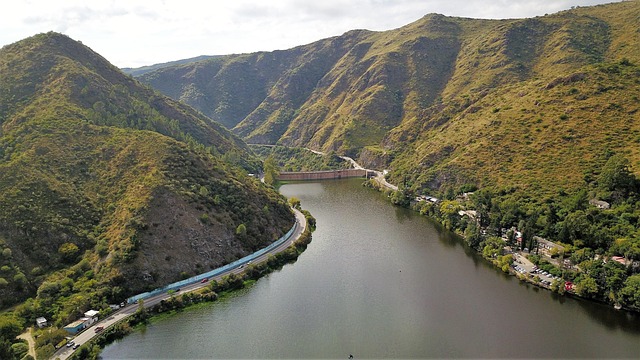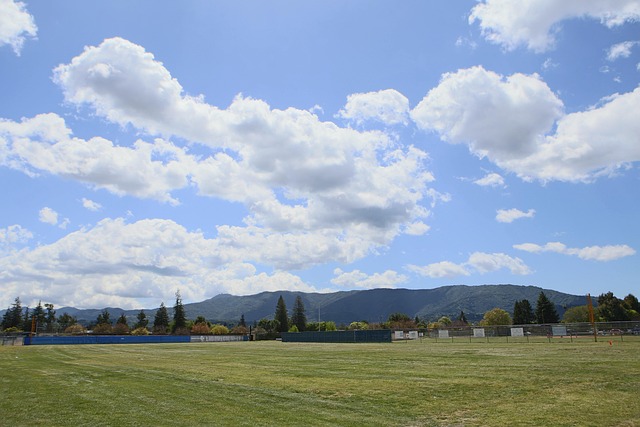Agricultural land is vital for economic growth and community well-being, driving local development in infrastructure, housing, and services. Real estate values in farming communities are linked to soil productivity, with specialized farming practices increasing premium farmland costs. Rural areas are embracing innovation like agritourism and direct sales, revitalizing economies, attracting new businesses and residents, and fostering sustainable growth through a circular economy and cultural preservation.
In many regions, agriculture serves as the backbone of local economies, contributing significantly to employment, revenue, and community well-being. This article explores how agricultural land, a key component in shaping these economies, influences real estate trends within farming communities. We delve into strategies that empower rural areas to thrive, examining their impact on economic development, infrastructure, and the overall quality of life for residents. Understanding these dynamics is crucial for fostering sustainable growth.
Agricultural Land: Local Economy's Cornerstone

Agricultural land, often referred to as the backbone of many communities, plays a pivotal role in shaping the local economy. In regions where farming is prevalent, the value of agricultural real estate cannot be overstated. These lands serve as a vital resource, providing not only food and sustenance but also creating numerous job opportunities within the community. From farmers and farmworkers to processors and distributors, agriculture fosters a network of businesses that contribute significantly to local employment and income generation.
The economic impact extends beyond direct agricultural practices. The surrounding infrastructure, such as rural markets, storage facilities, and transportation networks, all benefit from this agricultural base. Moreover, the demand for housing, services, and retail establishments often grows in tandem with the success of local farming, creating a positive feedback loop that reinforces the overall strength of the regional economy.
Real Estate Trends in Farming Communities

In farming communities, real estate trends are uniquely influenced by the local agricultural base. Land values often mirror the productivity and potential of the soil, with prime farmland commanding premium prices. As agriculture becomes more specialized, certain types of land—such as those suitable for organic farming or precision agriculture—can experience significant price hikes. This dynamic creates a tight supply of affordable agricultural land, driving up costs for both established farmers and new entrants.
Community development in these areas is closely tied to the sustainability of the local economy, which in turn is heavily dependent on the health of the agricultural sector. Real estate developments often cater to this by incorporating amenities that support farming families, such as modern facilities, storage spaces, and infrastructure that facilitates efficient land use. This symbiotic relationship ensures that both the agricultural base and the local economy thrive, fostering a sustainable cycle of growth.
Shaping Rural Economies: Strategies & Impact

In rural areas, agricultural practices play a pivotal role in shaping local economies. Beyond providing food and fiber, farming acts as an engine for employment and community development. Strategies such as agritourism, value-added processing, and direct-to-consumer sales are transforming agricultural landscapes. These initiatives not only enhance the sustainability of farms but also stimulate local Real Estate markets with the influx of new businesses and residents attracted by these thriving communities.
The impact is multifaceted: it fosters a circular economy where agricultural byproducts find new uses, reduces rural-urban disparities, and preserves cultural heritage. Moreover, these strategies attract young farmers and entrepreneurs, diversifying the industry and ensuring its longevity. As a result, local economies become more resilient, with increased revenue streams and improved quality of life for residents, creating a positive feedback loop that reinforces the agricultural base and contributes to overall regional prosperity.






